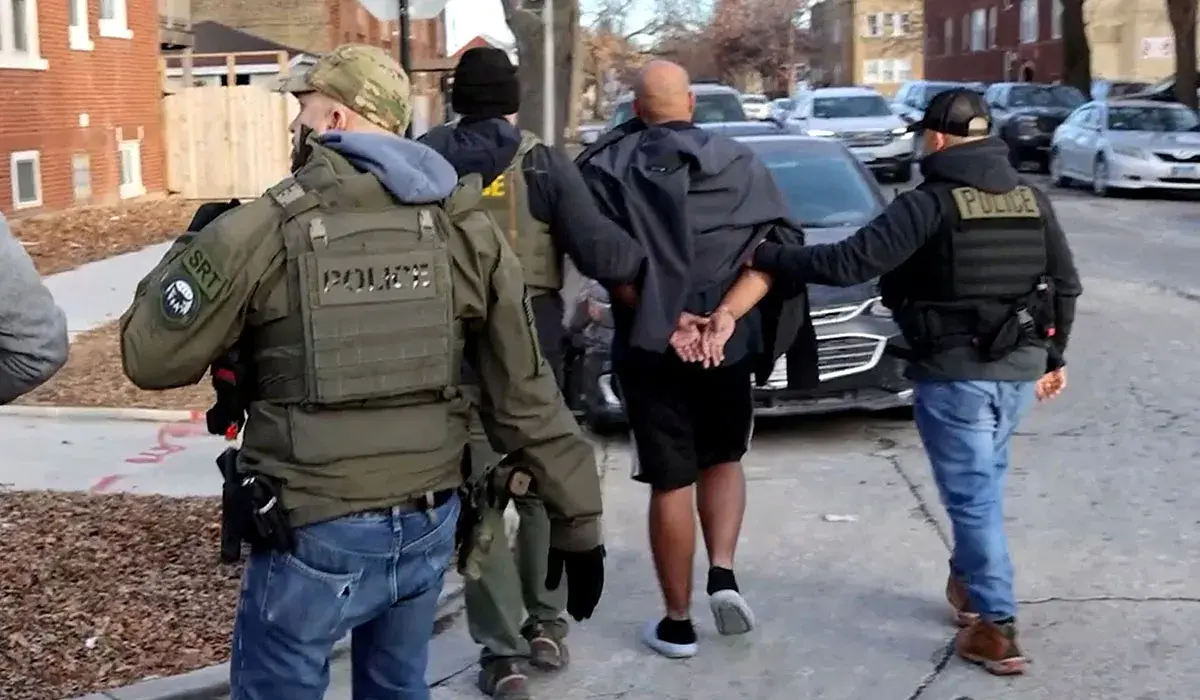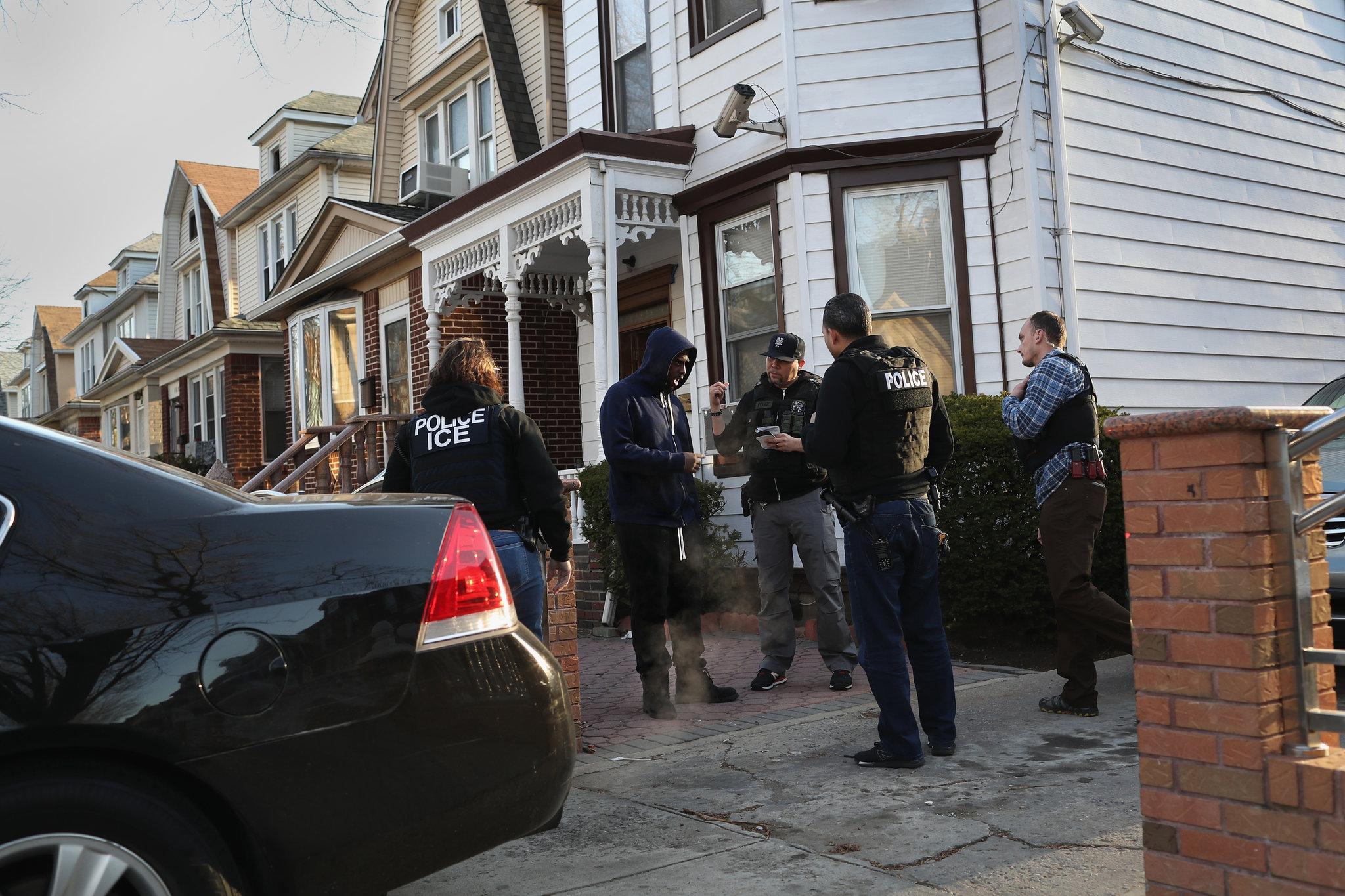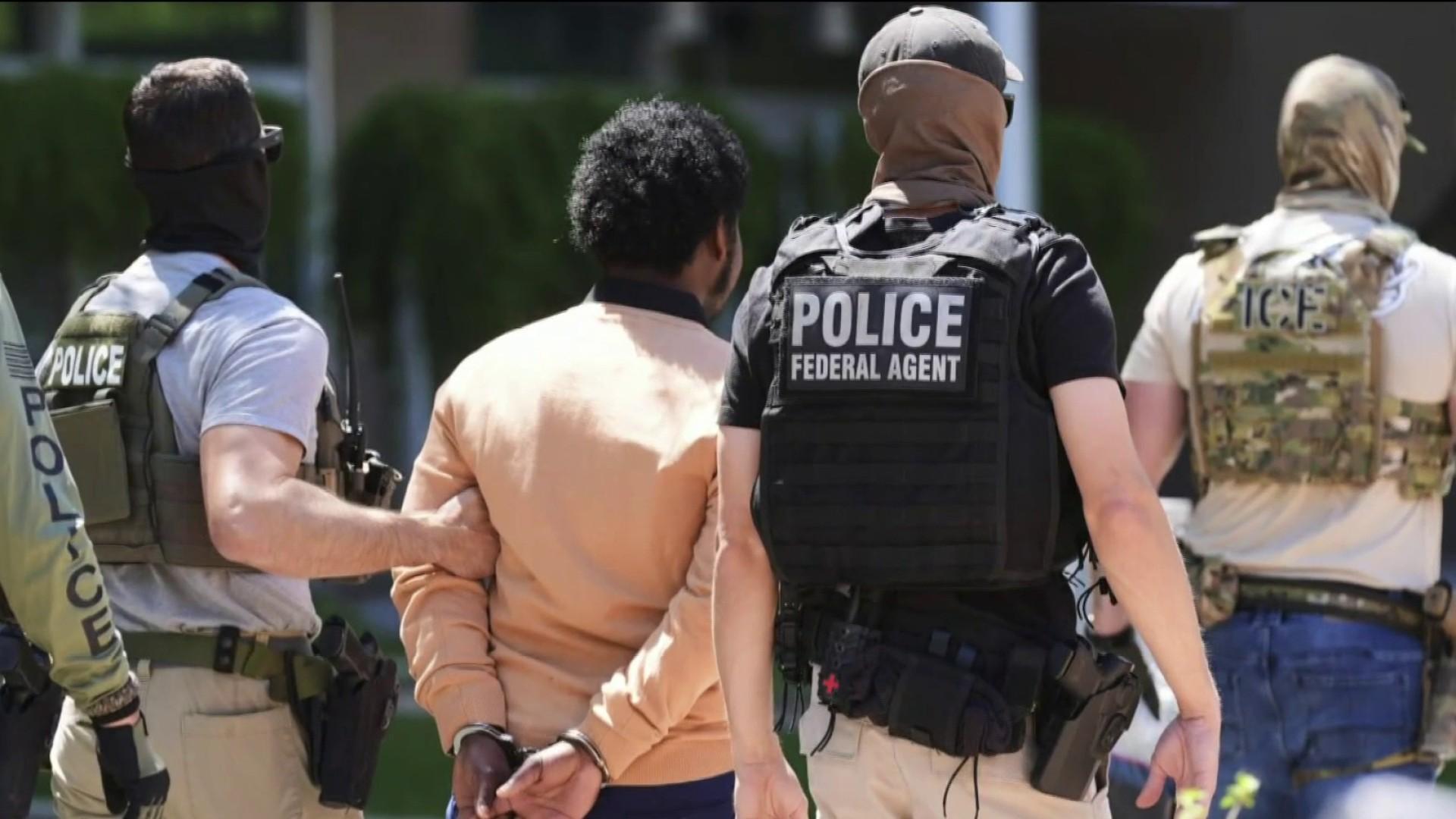Chicago, October 5, 2025 — In a sweeping escalation of federal immigration enforcement, the U.S. Department of Homeland Security (DHS) announced today that its agents have surpassed 1,000 arrests as part of Operation Midway Blitz, a high-intensity operation targeting undocumented immigrants in Illinois. Launched on September 8, the initiative has zeroed in on Chicago and surrounding areas, where sanctuary policies under Governor J.B. Pritzker are accused by federal officials of shielding dangerous criminals from deportation. The operation, named in honor of Katie Abraham—a young Illinois woman killed in a hit-and-run crash allegedly caused by an undocumented driver—represents one of the Trump administration’s most aggressive responses to what it calls a “crisis of criminal aliens terrorizing American communities.”
DHS Secretary Kristi Noem, who visited Chicago earlier this week to oversee arrests firsthand, hailed the milestone in a statement released this morning. “Operation Midway Blitz is making Illinois safe again,” she said. “Our brave DHS law enforcement has made more than 1,000 arrests across the state, including pedophiles, child abusers, kidnappers, gang members, and armed robbers. These criminal illegal aliens flocked to Chicago because they thought sanctuary politicians would protect them. They were wrong.” Noem’s remarks underscore the administration’s narrative: that Illinois’ policies, which limit local cooperation with Immigration and Customs Enforcement (ICE), have created a haven for offenders who should have been deported long ago.
The operation kicked off amid national outrage over Abraham’s death in late August. Julio Cucul-Bol, a Guatemalan national previously deported multiple times, was charged with DUI and reckless homicide after allegedly striking Abraham’s vehicle while intoxicated. Cucul-Bol had been released into the U.S. under sanctuary protocols that barred local authorities from honoring ICE detainers. DHS framed the blitz as a direct tribute to Abraham, vowing to “hunt down, arrest, deport, and bar reentry” for similar offenders. Since then, ICE and U.S. Border Patrol teams, bolstered by federal resources, have conducted midnight raids, helicopter descents, and waterborne apprehensions—most notably a dramatic arrest on Lake Michigan near Navy Pier last week.
Among the high-profile detentions highlighted by DHS are individuals with severe criminal records. Victor Manuel Gomez-Atilano, 45, from Mexico, was nabbed on weapons charges after multiple prior deportations. Aldo Salazar-Bahena, convicted of murder, and Carlos Roman-Berrera, arrested for aggravated sexual assault of a child, were pulled from Chicago streets. Other cases include Marco Geronimo Ocampo, facing charges of armed robbery, sexual assault, and kidnapping; and Aziz Kamal, a lawful permanent resident with a history of rape and assault convictions. Gang affiliations, particularly to the Venezuelan Tren de Aragua, have also surfaced in dozens of arrests, with DHS releasing bodycam footage of agents rappelling onto apartment roofs in the dead of night to execute warrants.
The scale of the operation has been unprecedented. Federal agents, often in tactical gear and unmarked vehicles, have swarmed neighborhoods like South Shore and Brighton Park. A September 30 raid on a South Shore apartment complex at 7500 S. South Shore Drive yielded 37 arrests, including alleged gang members, though witnesses described chaotic scenes of families—some U.S. citizens—being zip-tied and detained briefly. Another takedown involved a Honduran man, deported five times before, captured mid-swim in a life vest off Navy Pier. DHS reports that over 900 arrests were logged by October 2, pushing past the 1,000 mark overnight amid continued sweeps. “Darkness is no longer your ally,” the agency posted on X, accompanied by drone footage of illuminated raid sites. “We will find you.”
Yet, the crackdown has ignited fierce backlash from Illinois Democrats and immigrant rights advocates, who decry it as a militarized assault on communities. Governor Pritzker, in a fiery press conference on October 3, accused the Trump administration of “turning our streets into war zones” and endangering families. “This isn’t about public safety—it’s about political theater,” Pritzker said, pointing to reports of non-criminal immigrants and U.S. citizens caught in the net. The National Immigrant Justice Center and ACLU of Illinois filed lawsuits last week, alleging warrantless stops and the unlawful detention of at least 35 people, including three confirmed citizens. A WBEZ Chicago investigation revealed 27 such erroneous arrests, attributing them to “systemic overreach.”
Protests have turned volatile. On October 4, a confrontation in Brighton Park escalated when a U.S. citizen woman, identified as a known online agitator who had doxxed agents, rammed her vehicle into an ICE convoy as part of an alleged ambush involving 10 cars. Agents fired in self-defense, wounding her non-fatally; she drove herself to a hospital and was released pending charges. Similar clashes, including rock-throwing at federal facilities in Broadview and a reported “terrorist attack” on a Dallas ICE office, have prompted DHS to deploy 100 National Guard troops to protect operations—despite the ongoing government shutdown leaving many agents unpaid.
President Trump, speaking from Mar-a-Lago on October 4, defended the blitz as essential to his “America First” agenda. “Chicago was an invasion zone—now it’s getting straightened out,” he said, linking the raids to broader plans to use urban centers as “training grounds” for military readiness. House Speaker Mike Johnson echoed this, praising the arrests as a rebuke to “sanctuary insanity.” Economists warn, however, that the operations could cost Illinois millions in lost productivity and legal fees, while straining an already tense federal-state relationship.
As Operation Midway Blitz enters its second month, its legacy remains contested. For supporters, it’s a long-overdue reckoning, removing threats like the “worst of the worst” profiled in DHS releases. Critics see echoes of authoritarian overreach, with the operation’s name—evoking World War II’s Battle of Midway and the Nazi “blitzkrieg”—drawing uncomfortable parallels on social media. X users have amplified both sides: conservative accounts celebrating each arrest with memes of “winning,” while progressive voices share videos of crying children in zip ties, labeling it “state terror.”
With no end in sight—fueled by the shutdown’s partisan gridlock—the blitz signals a new era of federal-state clashes over immigration. Will it deter future crossings, or deepen divides? For now, Illinois’ sanctuary shield is cracking under the weight of helicopters and handcuffs, leaving communities on edge and the nation watching. As one DHS official put it: “No city is a safe haven for criminals.” But in the Windy City, the winds of change blow fierce and unforgiving.








